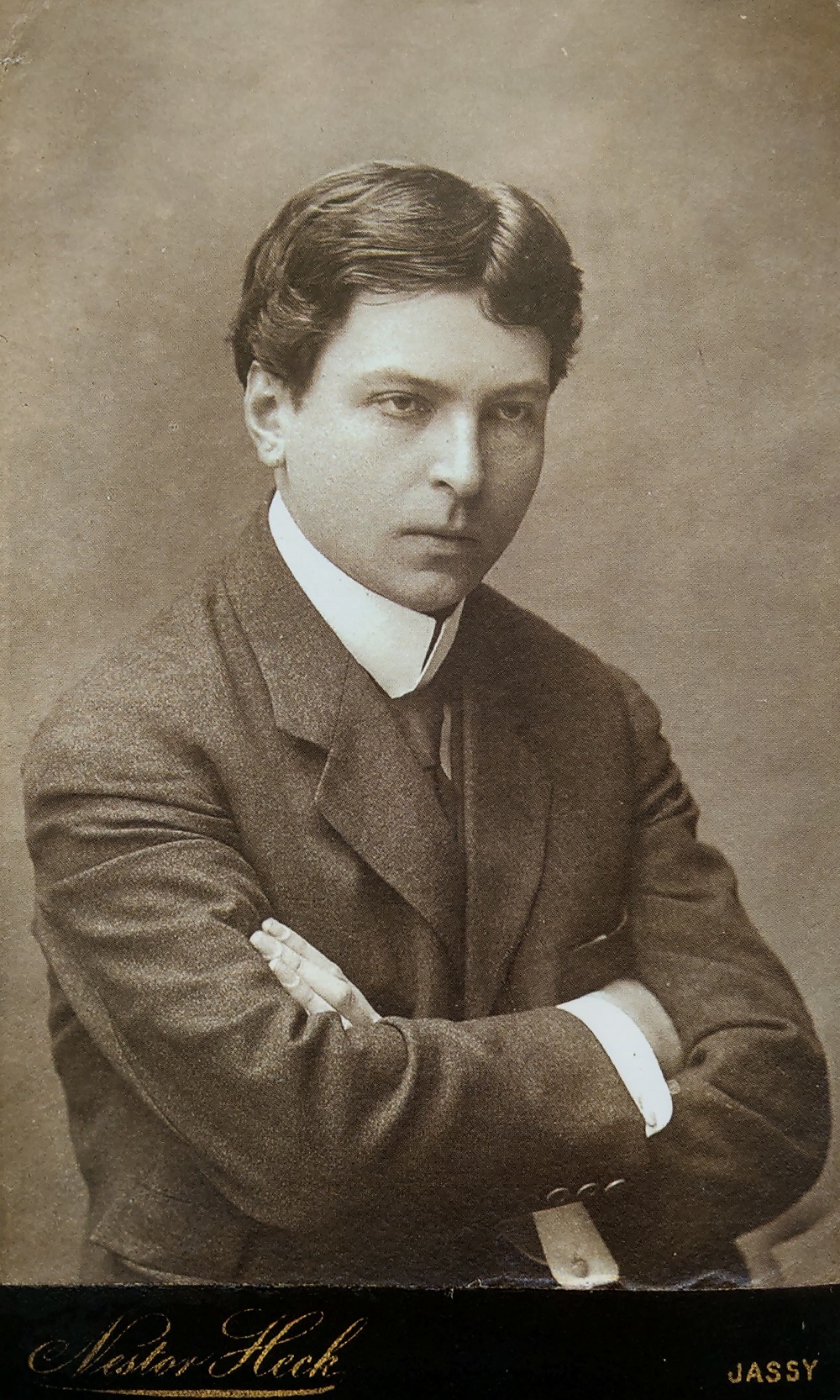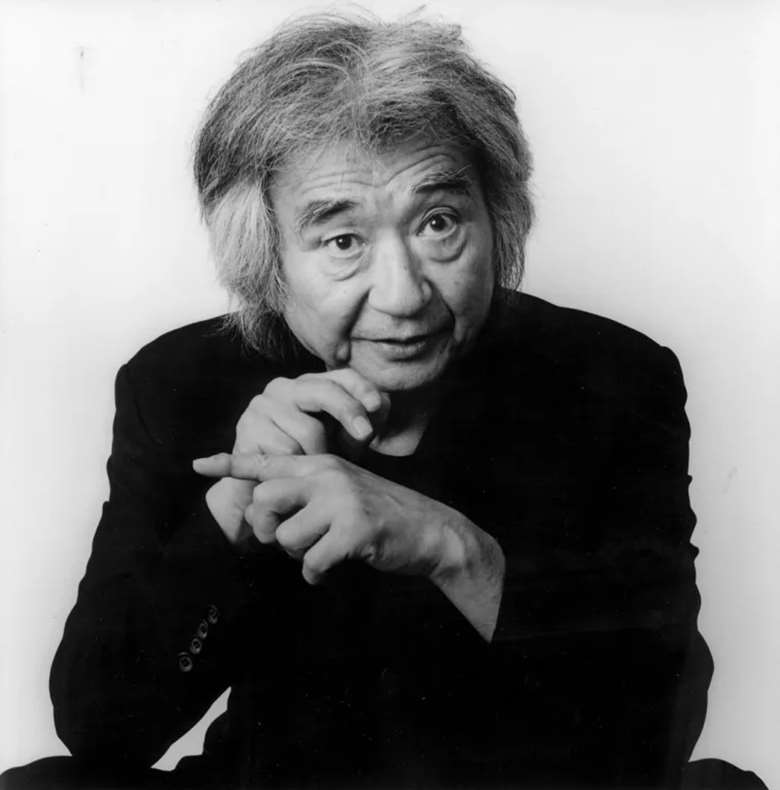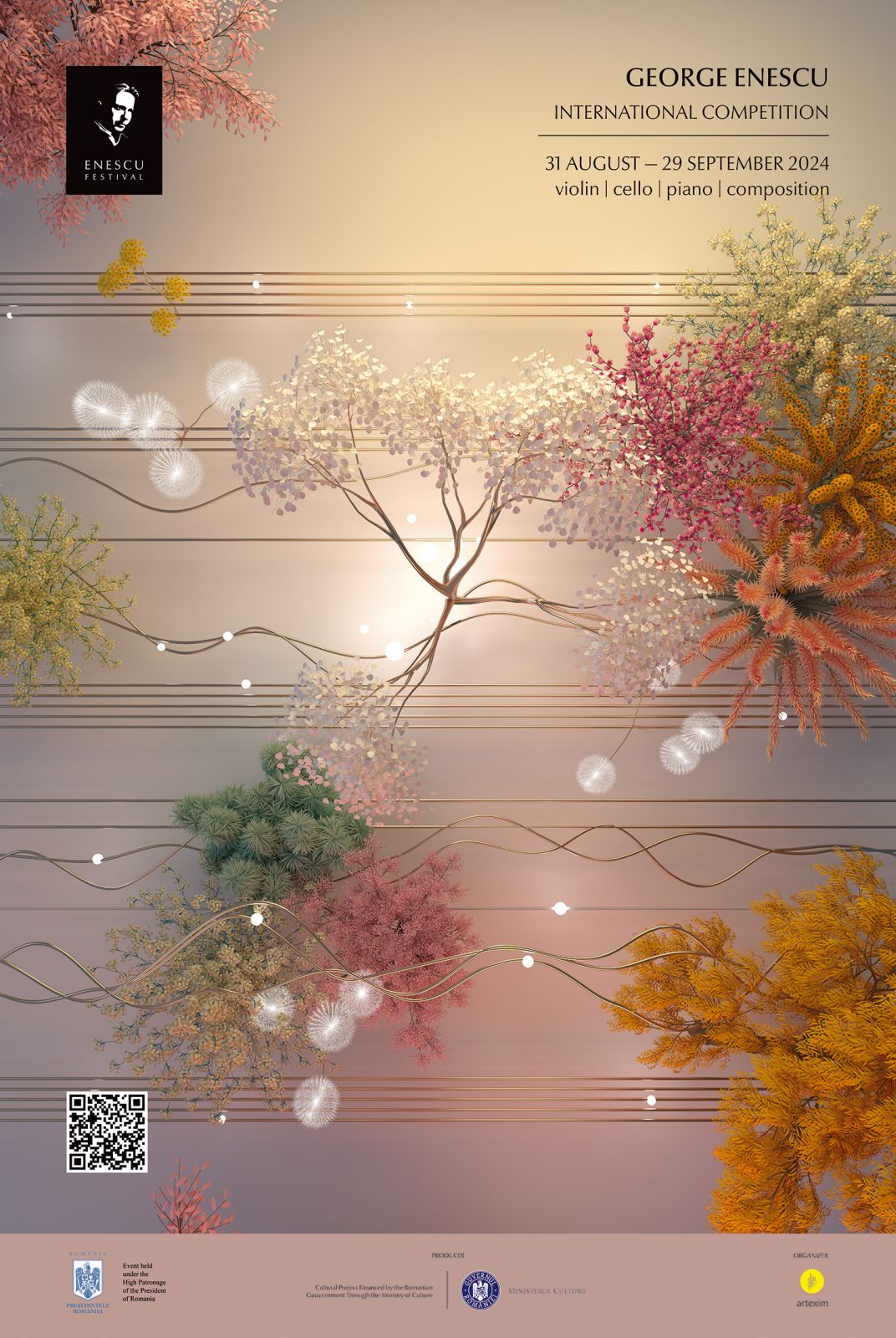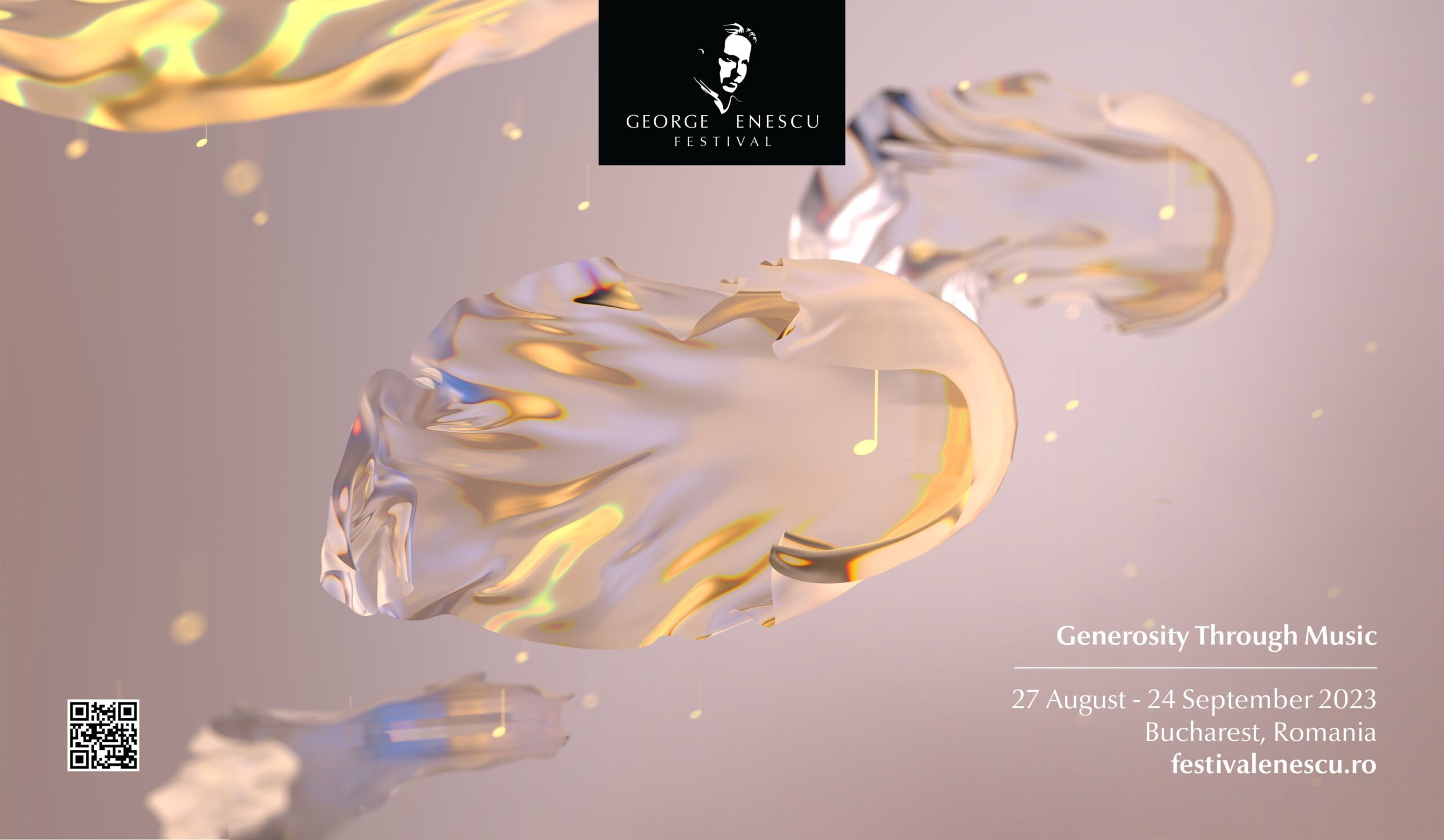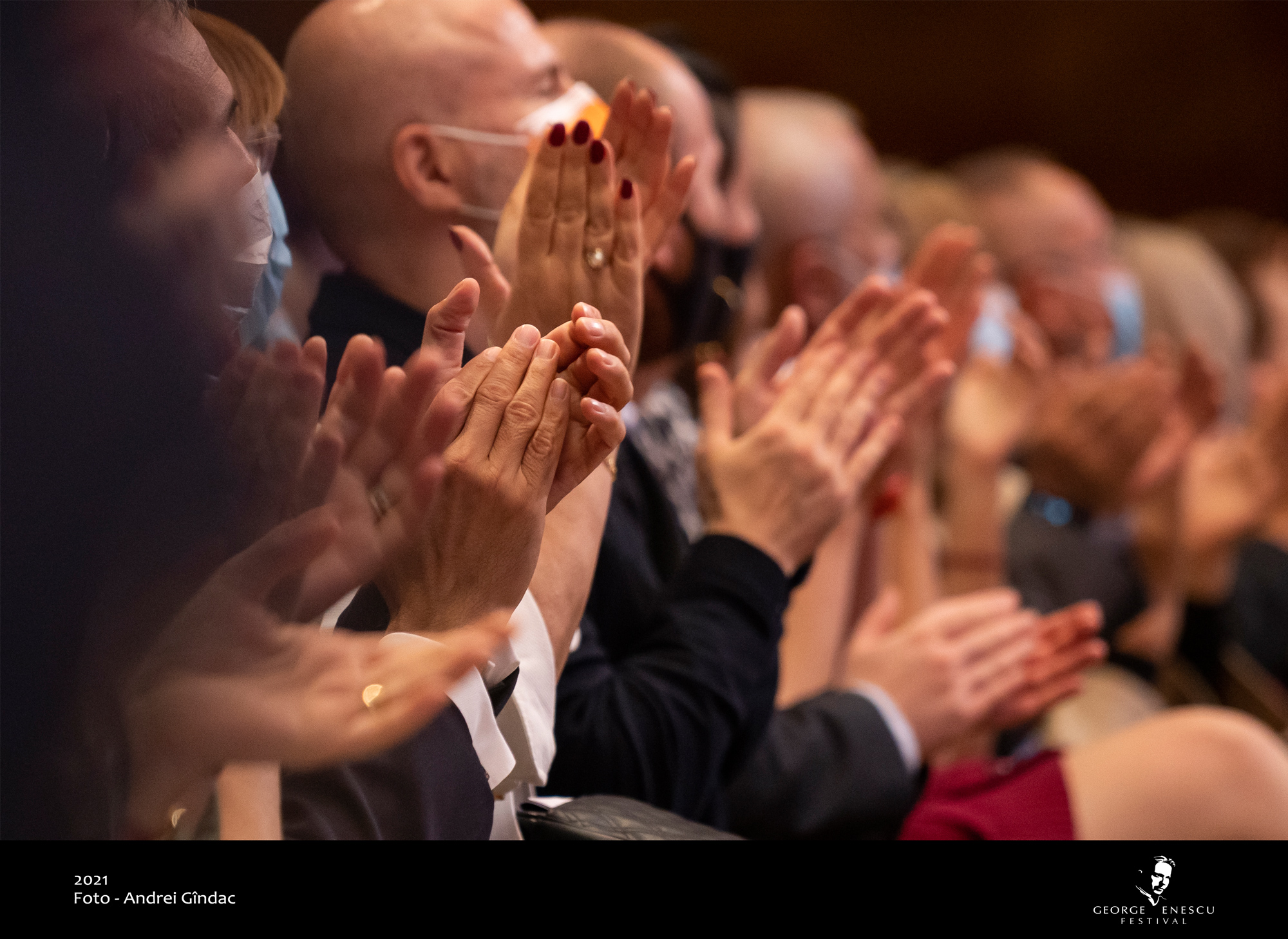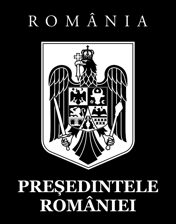by Madalina Margaritescu
Currently known as one of the most prestigious classical music competitions in the world, organized according to the highest international standards, the George Enescu Competition opens doors to international careers for hundreds of young artists around the world and promotes, for more than a century, the compositions of the great Romanian musician in the new generations’ repertoire.
Being in continuous development, the George Enescu International Competition has created over time not only tradition, significance, and value, but also the reputation of an equally challenging and difficult competition for young artists who aspire to win its prizes and validation. The reward is, however, commensurate – many remarkable careers, some of them legendary, began by winning the Enescu Competition, as well as the Competition itself started from Enescu’s dream and vision.
A brilliant composer, promoter of Romanian musical creations, George Enescu wished to contribute to “stimulating Romanian musical production”, at a time when Romanian musicians were not encouraged and officials were not interested in the rebirth of Romanian music. Feeling the need to offer to his colleagues the much-needed material and moral impetus, Enescu decided in 1911 to create an award for composition bearing his name.
The first testimony of this initiative appears in a request addressed by the manager Antoine H. Cohen to the writer Mihail Sadoveanu, director of the National Theater from Iași, in December 1911. Cohen requested the theater hall to organize two recitals, at the beginning of March 1912, “to establish a fund out of which to award prizes to the most distinguished Romanian composers ”.
In January 1912, during an interview given to the publication `The Romanian Independence` (”Independența Română”), Enescu wanted to point out to the composer and music critic Stan Golestan that before dedicating himself only to composition, he wished to organize a tour in the main provincial cities, such as Iași, Craiova, Galați, Ploiești, Botoșani, but also in the Capital, to collect the necessary amount for the composition prize and in the same time to show that “he has not forgotten his country, his people and his origin”. He was sure that he would carry out his project thanks to the help found among “the compassionate people, those in love with music, among the fairies”. The audience gleefully received the Maestro’s gesture, and the press wondered, after the first concert of the three offered at the Athenaeum, if this was not a sign of the true rebirth of Romanian music.
The series of concerts held in the province was opened with the recital presented in Craiova, in March 1912, together with the pianist Theodor Fuchs. Maestro was impressed by the delight shown by Grigore Gabrielescu, director of the “Cornetti” Conservatory in Craiova. Instead, Dimitrie Popovici-Bayreuth, director of the Bucharest Conservatory, not only refused to support the project but did not even appear at the meeting with Enescu, leaving the great musician to wait for an hour. Disappointed, the Maestro will ask the journalist Ion Borgovan, to whom he had given an interview, to record this unpleasant episode in “Luceafărul” from April 1912, as he considered that “the truths that hurt” must be known.
The concerts held in the province had on the poster the mention that they are given to establish a National Composition Award. All over the country, the concert halls were full, and Maestro was greeted with applause and admiration. Touched by the reaction of those who supported his project, Enescu publicly expressed his gratitude in the publication “The Romanian Independence”, in April 1912.
The founding of the Composition Prize had a special significance for George Enescu, who was involved body and soul in the materialization of this project. Although he usually did not talk very much during the interviews he gave, Maestro used every opportunity to talk with emotion about the event that marked Romanian music. In addition to undertaking the tour to raise the funds needed to establish the Composition Prize, Enescu personally drafted the rules of procedure, appointed the jury, and chaired the works of the first edition, held in October 1913, at the House of Schools (Casa Școalelor). In February 1913, George Enescu donated to the Ministry of Cults and Instruction the amount of 27,000 lei to create “an inalienable fund called the George Enescu Fund” to organize the National Competition of Musical Compositions.
In the first edition of the Competition, 17 participants signed up with 30 compositions. The winners were chosen on October 16, 1913, the final report being signed by George Enescu, president of the jury, as well as by the other members of the commission – Mihail Mărgăritescu, Constantin Dimitrescu, Theodor Fuchs, Ernest Narice, Dumitru Georgescu Kiriac, Alfonso Casteldi, Dimitrie A. Dinicu. The first prize was awarded to Dimitrie Cuclin and Ion Nonna Otescu.
The following editions took place in 1915 and 1916. During the First World War, the Competition was not organized but was resumed in 1919. For the 1924’s edition, Béla Bartók agreed to be part of the jury and even had the role of President of the Jury. Bartók was welcomed in Bucharest by Enescu himself, and in the evening he was invited by Maestro in his home. The two illustrious musicians performed, on the occasion of the Competition, a Bartók – Enescu concert in which works written by the remarkable Hungarian composer and pianist were performed. The meeting between the two great representatives of the musical art of the 20th century, in the autumn of 1924, was the beginning of a beautiful friendship that would last until the end of their lives.
Suffering an interruption during the Second World War, the George Enescu Composition Prize will be offered until 1946, when the Maestro leaves the country. Among the winners of the Composition Prize are important names from the Romanian music, including Alfred Alessandrescu, Mihail Jora, Dinu Lipatti, Paul Constantinescu, Alfred Mendelshon.
In 1991, 80 years after the establishment of this award, the George Enescu International Competition also included the Composition section, the grand prize being won by the composer Dan Dediu for Symphony I “Mysterious Lights”. The Enescu Competition carries on the Maestro’s initiative and opens new horizons, the Composition Prize breaking the national barries, being also offered to young foreign composers.
Today, the George Enescu International Competition is much more than the fulfillment of Enescu’s dream of encouraging and rewarding young musicians. It is an international launching platform for future world-renowned musicians and for promoting Enescu’s compositions among the greatest artists of the future, thus being a natural addition to the George Enescu Festival, the most important international cultural event organized in Romania.
The George Enescu International Competition is a 21st-century challenge and an event that should not be missed. Not even the specter of a pandemic that demoralized the whole world could stop 292 young musicians from 42 countries from rising to the challenge, with the desire to take advantage of this chance, of this moment, and to fulfill their dream. The gates opened by Enescu more than a century ago are waiting for them.
Bibliography:
- Constantinescu, Grigore, ”George Enescu”, București, Ed. Didactică și Pedagogică, 2009;
- Cosma, Viorel, „George Enescu: muzicianul de geniu în imagini / le musicien de génie en images”, vol. I, Editura Institutului Cultural Român, București, 2016;
- Manolache, Laura, Interviuri din presa românească (1936-1946), vol. I, București, Ed. Muzicală, 1991;
- Voicana, Mircea, ”Monografia George Enescu, București, Ed. Academiei, 1971;
Articole:
- Coloșenco, Mircea, ”Fondul național George Enescu”, Revista de știință și cultura ”Limba Română”, nr. 3 (253) 2019, Chișinău, p. 190;
- Cosma Viorel, Muzicieni români în texte și documente (XVII), Fondul George Enescu, Revista Muzica, nr. 3/2011, București
Photo:
Cosma, Viorel, „George Enescu: muzicianul de geniu în imagini / le musicien de génie en images”, vol. I, Editura Institutului Cultural Român, București, 2016
